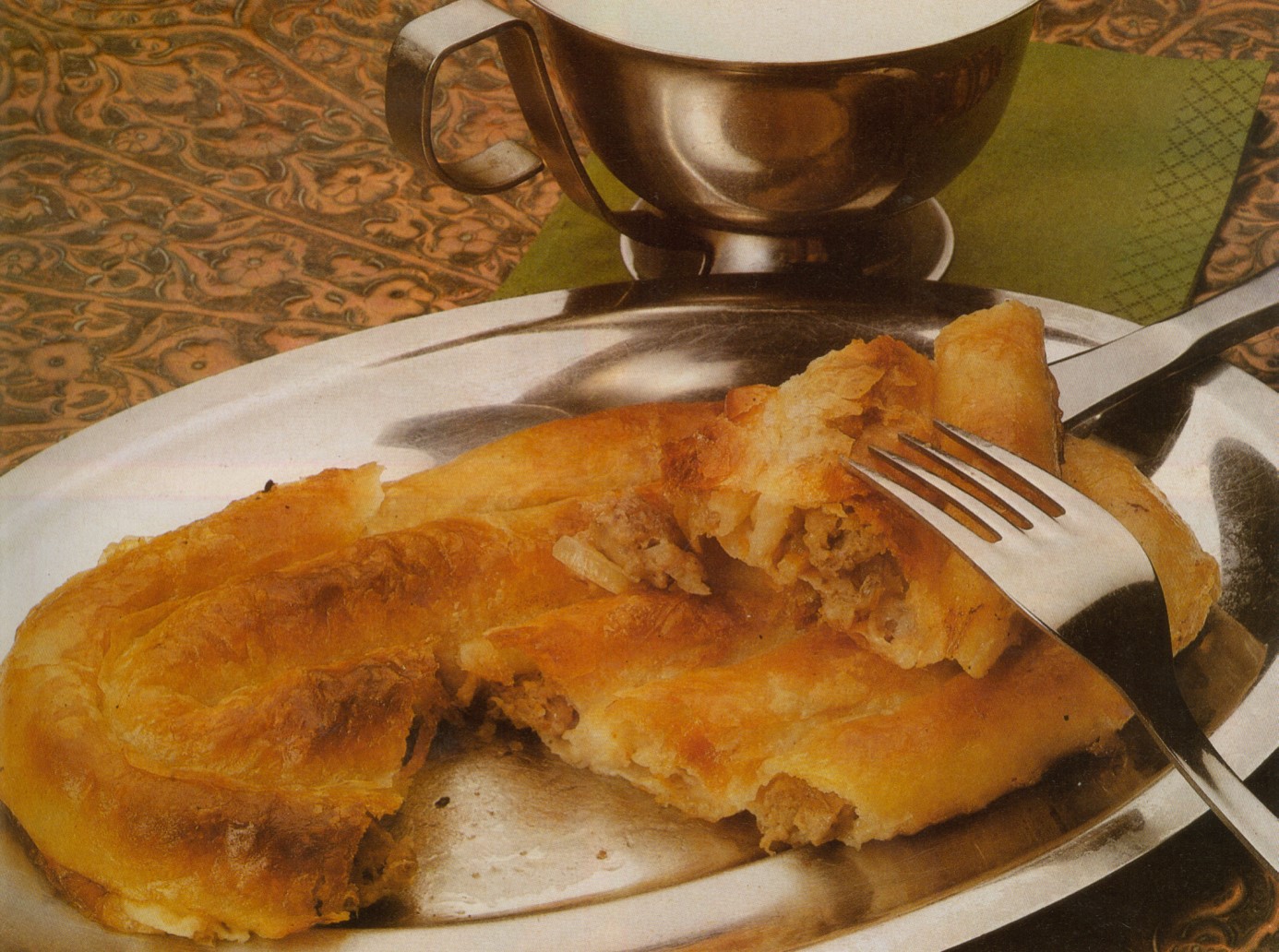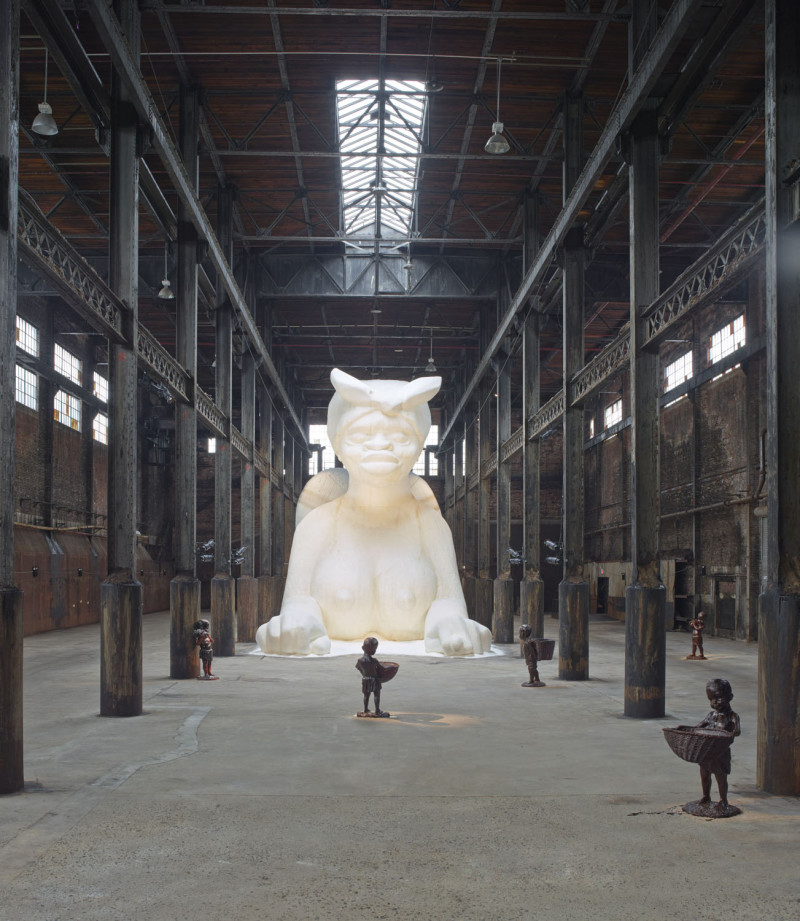The Allure of All-Meat Diets

Low-carb diets have long ago become a fixture in the diet scene. Their high-protein meal plans often rely heavily on meat (although there are also attempts to adapt them for vegetarians, and the label “meat diet” is scorned by some low-carbers). Other approaches go even further and promote the idea of completely eliminating carbohydrates from the human diet. Living a “no-carb” or “zero-carb” lifestyle entails not only avoiding the usual “carb bombs” (grains, potatoes, rice, sugar) but also all kinds of vegetables, fruit, most dairy products – in short, almost everything except for meat (including fish), water and, for some “no-carbers” at least, eggs, heavy whipped cream and a little hard cheese. But many of them stick to just meat…


